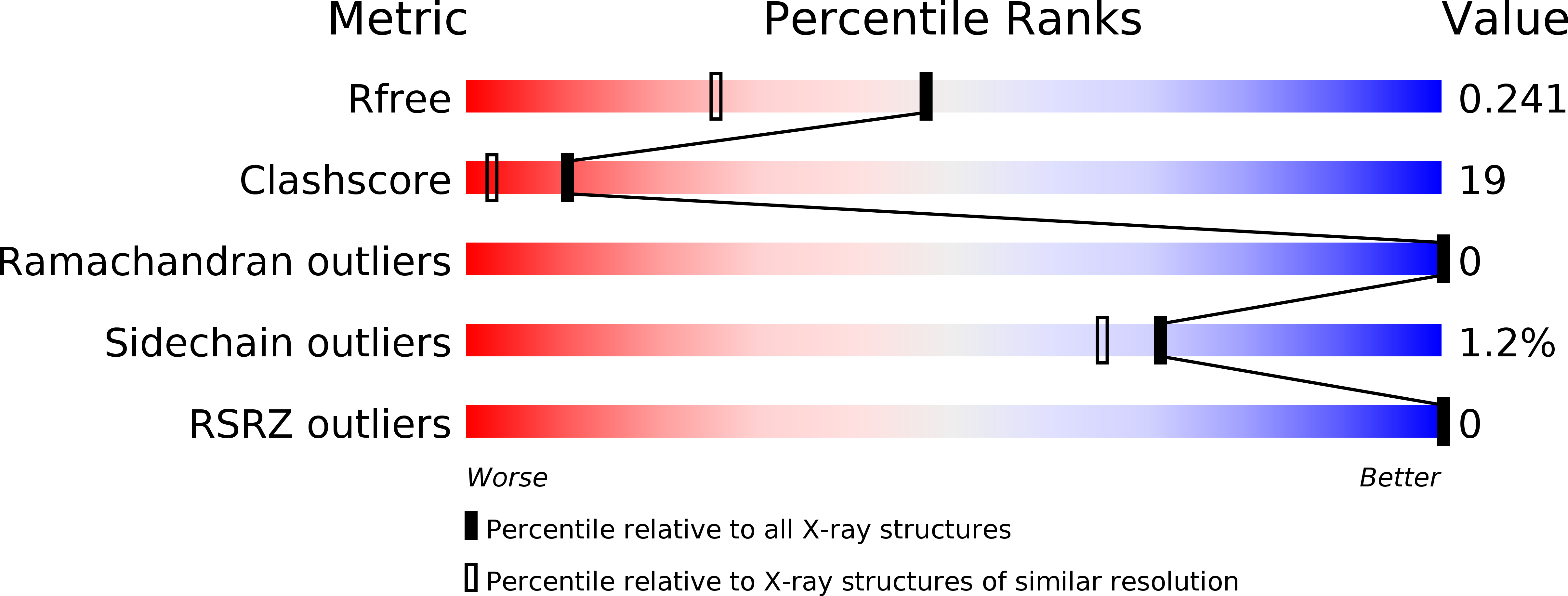
Deposition Date
2005-01-23
Release Date
2005-03-01
Last Version Date
2024-02-14
Entry Detail
PDB ID:
1YN4
Keywords:
Title:
Crystal Structures of EAP Domains from Staphylococcus aureus Reveal an Unexpected Homology to Bacterial Superantigens
Biological Source:
Source Organism:
Staphylococcus aureus (Taxon ID: 1280)
Host Organism:
Method Details:
Experimental Method:
Resolution:
1.80 Å
R-Value Free:
0.23
R-Value Work:
0.23
R-Value Observed:
0.23
Space Group:
P 32


